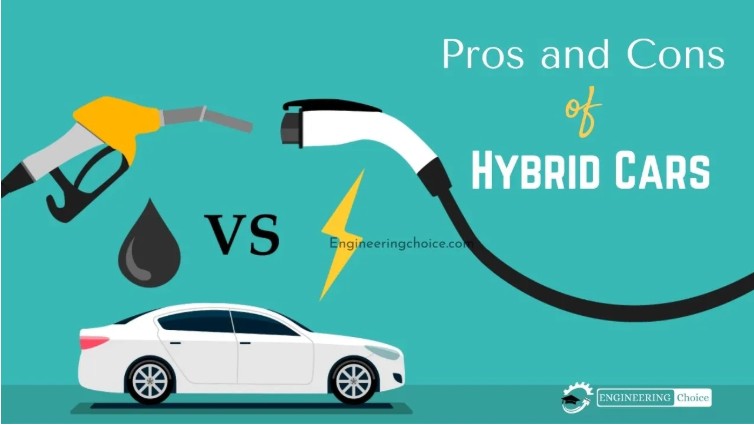Understanding the RFP Process
Navigating the intricacies of a request for proposal (RFP) can be complex, yet it serves as a crucial component in the procurement and project planning stages for many organizations. An RFP outlines project specifics and solicits bids from potential contractors, ensuring that companies find the best match for their needs. It’s a formal document that communicates the expectations and criteria of a project, allowing providers to present their capabilities and bid accordingly. Understanding the RFP process is essential for both issuing organizations and responding vendors. Below, we unravel the layers of this process to provide a better understanding of how to approach, create, and respond to RFPs successfully.
Understanding the RFP Process: A Comprehensive Guide

When an organization requires a product or service it can’t provide internally, it initiates a request of proposal (RFP) to find qualified vendors. This document outlines key project details like scope, budget, and timelines, helping bidders understand expectations and submit tailored proposals. A clear, well-structured RFP strikes a balance between thoroughness and brevity, ensuring vendors aren’t overwhelmed but have all the information they need.
Once proposals are submitted, a review committee evaluates each response based on set criteria. The selection process prioritizes fairness and transparency to attract strong bids and maintain trust. After choosing a vendor, both parties enter contract negotiations to align on terms, laying the groundwork for a successful partnership.
Key Elements of a Successful RFP
An RFP is a crucial document that sets the context for a project, provides background information, and details the project scope. It should have clear objectives and deliverables to align expectations and encourage vendors to deliver. The criteria for evaluation help vendors showcase their strengths.
Timeline and budget constraints are crucial, guiding vendors to tailor their proposals. The submission process should be precise, specifying formats, deadlines, and communication protocols. A successful RFP serves as a foundation for finding the most qualified and compatible provider, ensuring competitive proposals that directly address the project’s needs.
How to Effectively Respond to an RFP
Responding to an RFP requires careful planning and strategic understanding of the project’s requirements. Vendors must assess their resources and expertise, and evaluate the potential ROI. A well-structured response should address each requirement concretely, including an executive summary that highlights strengths and differentiators.
Provide detailed solutions that align with the project’s specific needs and objectives, demonstrating a thorough understanding of the client’s requirements. Case studies or examples of similar projects can support a vendor’s expertise. By meeting submission guidelines and providing a meticulous response, vendors can maximize their chances of standing out in the RFP process.
Common Mistakes to Avoid in the RFP Process

The Request for Proposal (RFP) process can be prone to several errors, including a lack of specificity, ignoring the questions and clarifications stage, and ignoring deadlines. Broad or vague RFPs can result in irrelevant responses and vendors overlooking crucial requirements. Open dialogue between issuers and bidders is crucial to address ambiguities and ensure proposals align with the project’s needs.
Missed deadlines can disqualify suitable vendors or delay project timelines. Overlooking cultural fit between organizations can lead to a partnership failing to thrive. To avoid these mistakes, meticulous planning and communication during the RFP process are essential. By being aware of common pitfalls, both issuers and responders can contribute to a more efficient and successful RFP outcome.
Strategies for Streamlining the RFP Process
The Request for Proposal (RFP) process can be significantly improved by starting with a pre-qualification phase using a Request for Information (RFI) to narrow down potential vendors. Technology can also optimize the RFP process by facilitating the creation, distribution, and evaluation of RFPs through digital platforms. Maintaining an RFP template for repetitive services or products can expedite the development phase.
Regularly reviewing and refining the RFP process based on feedback helps identify bottlenecks and inefficiencies. Continuous improvement ensures each step is purposeful and contributes positively to the process’s effectiveness. Implementing these strategies can make the RFP process more accessible for both vendors and companies, leading to a smoother journey and more successful collaborations.
Overall, the success of the RFP process hinges on clarity, communication, and a strategic approach from both the issuing parties and the bidders. When these elements are aligned, the RFP can become a powerful tool for establishing mutually beneficial business relationships.







